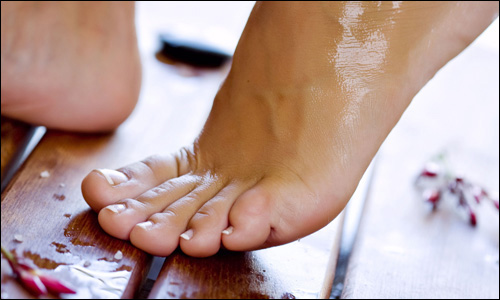
Foot infections can be difficult problems for physicians to treat because of the bio-mechanical complexities of the extremity and the underlying circumstances that cause the infections. Typically, they follow a traumatic event or tissue loss with contamination by foreign materials and/or colonization by bacteria. When a healthy patient or one without metabolic or peripheral vascular disease (PVD) presents with pedal infections, a traumatic process usually is involved. However, the more common presentation is that of a patient whose health is compromised with a metabolic or peripheral vascular defect that complicates optimal successful treatment.
Treatment strategies for foot infections have been changing and evolving as a result of pharmacologic and technical breakthroughs. Plastic and reconstructive techniques for limb salvage have altered the course of treatment for foot infections, with the goals of functional restoration and a major decrease in amputation rates.
Physicians need to be aware of the many different types of foot infections that exist. Some foot infections are very simple and others are quite complex. They are categorized into 3 groups: soft tissue, bone and those associated with patients with diabetes. Foot infections in persons with diabetes can be unpredictable and are typically polymicrobial; therefore, they are discussed in their own venue.
Soft tissue infections of the foot consist of any infectious process affecting the skin, subcutaneous tissue, adipose tissue, superficial or deep fascia, ligaments, tendons, tendon sheaths, joints, and/or joint capsules. Considering that there are more than 20 joints, 44 tendons, approximately 100 ligaments, 4 major compartments and numerous fascial planes in the normal foot, one can easily recognize the potential for complex problems.
Many events can be responsible for these soft tissue infections. A description of soft tissue infections includes simple, moderate, and severe infections, which includes but is not limited to the immunocompromised patient, infections associated with PVD, emergency soft tissue infections and infections associated with trauma.
Bone commonly is involved when any type of infectious process is present in the foot. Bone is predisposed to this because of its close proximity to the skin and lack of a thick, soft tissue, protective layer throughout most parts of the foot.

